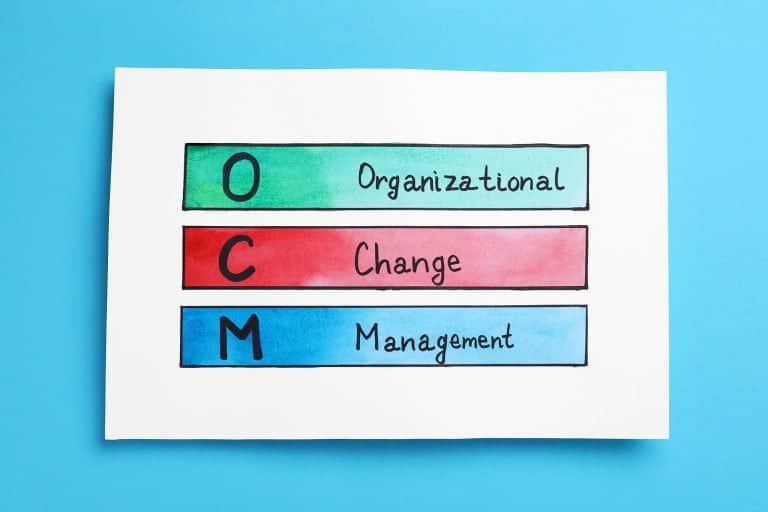What are some project management strategies and best practices for success? Project management requires a lot of elements, including:
Table of Contents
Toggle- Selection of suitable project management methods.
- A trained and skilled workforce.
- Appropriate tools.
- Management commitment.
Added to this, many projects are complex. While the project management concepts can be easy to understand, applying them for real can be challenging. This is where project management strategies and best strategies can help.
Strategies will vary by organization but are a good idea for all types of project management if you want your project managers to bring projects to completion, on time, and within budget. There are many different project management styles, but if you include appropriate considerations in your project management strategies, you will more likely organize the various elements involved and keep a project on course from start to finish.
The following considerations for project management strategies offer some solutions and best practices.
Define the project
Just like building a house, success project management strategies and best practices start with building good foundations. Before you leap into a project, you have to ensure that these foundations are sound. That includes having clarity on the scope of the project and what your customer expects from it. You need to check that you’ve got buy-in from all of the stakeholders, not just the customers. The project management team are also important stakeholders, and they must understand what their roles and responsibilities are. This may be different according to the project management methods being used; for example, roles in agile project management are very different from waterfall approaches. The level of detail in the initial project plan will depend on the chosen methodology, but it should exist, along with measurable criteria for success. Any dates should be defined in a timeline. Having a strong and agreed definition is the foundation for all project management strategies.
Set expectations
Being clear about who is responsible for which project elements is a key part of successful project management strategies and best practices. So is being clear about accountability. In agile project management, the team is collectively accountable for all project elements, but it isn’t always as clear in waterfall methods. Knowing who is responsible and who is accountable helps to set expectations for what is required from each individual, including when their deliverables are due and how their work contributes to the project as a whole. The expectations of stakeholders should also be checked, noting that these can change through the course of a project.
Project Management Strategies and Best Practices for Success: Select the Right Team
Every project is different, so is every individual. In an organization that has a pool of project managers, it is important to assign the right people to the right projects or where there are conflicting demands to get the best possible fit. Try to put together a winning combination of skills, talent, and personalities appropriate for each particular project. Consider that skill sets should align with specific project requirements. Agile project management tries to address this by having multi-skilled team members, but the principle still applies. For a project to be successful, you need to have the right project team in place, people whose skills and experience can benefit the project.
Project Management Strategies and Best Practices for Success: Assign an Appropriate Level of Resource
Deciding how many people to have managing each project can be difficult, but it’s critical for project management strategies and best practices for success Having too many people can be worse than not having enough, as the overheads increase more than the benefits. Agile project management uses the “two pizza” methodology, based on the idea that a team shouldn’t be larger than the number of people who can eat two pizzas at break time! This is 6 to 10 people.
Have an appropriate system for managing tasks
The last consideration for project management strategies and best practices for success is having the right task management system for the life cycle of the project. Email can sometimes make communication more difficult, so you may want to use software designed to keep all project information in one place.





